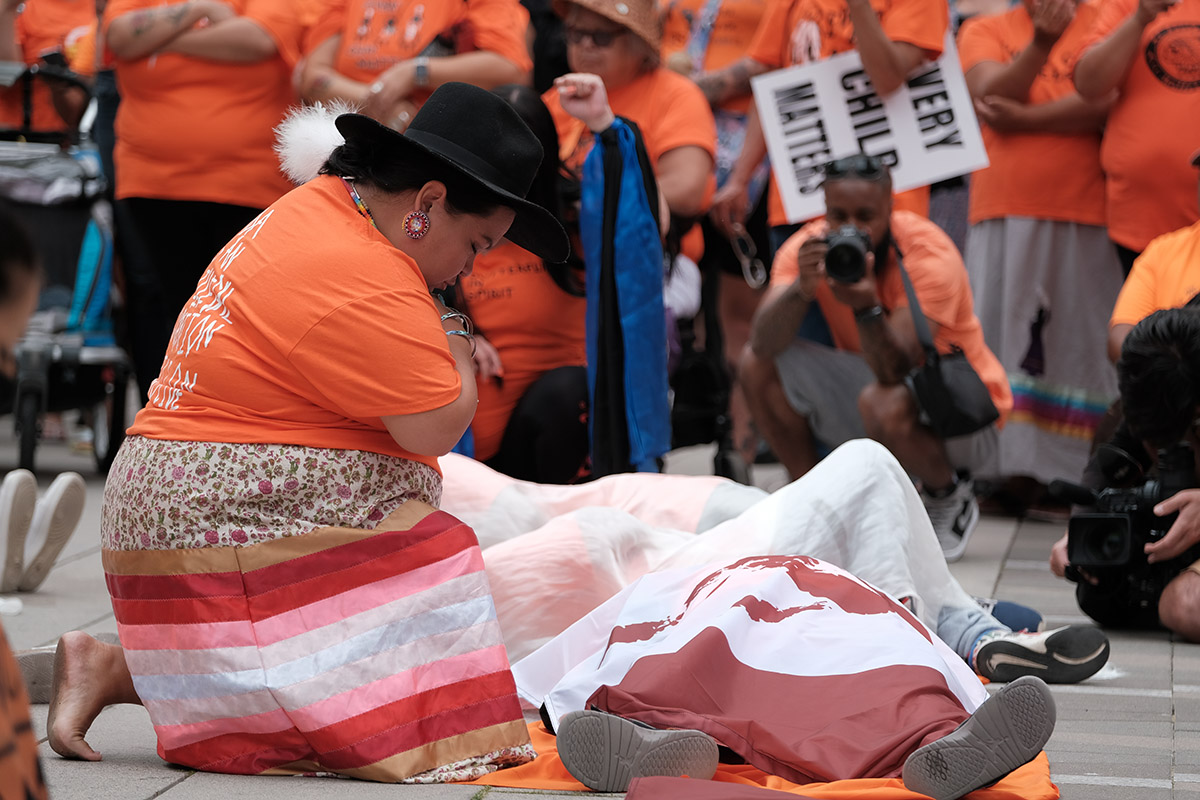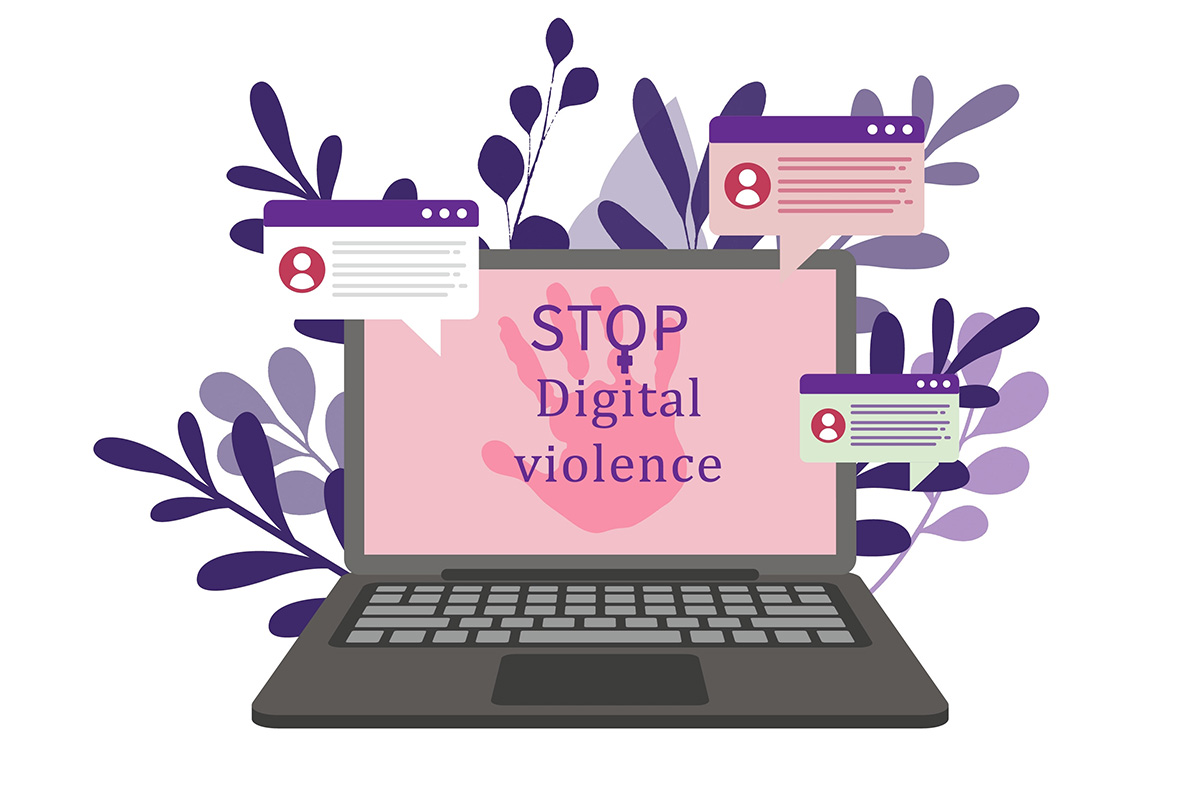Has Justice for Indigenous Children in Canada Truly Been Served?
October 12by Riya Mehta
Indigenous peoples in Canada have faced a long history of harm, from colonial control and forced assimilation to ongoing legal struggles for fairness and equality. While governments often speak about reconciliation, real justice has too often come only after harm is done. The case of Jordan’s Principle shows this clearly.
In 2007, the First Nations Child and Family Caring Society and the Assembly of First Nations brought a complaint to the Canadian Human Rights Tribunal (CHRT). They argued that the federal government was purposely underfunding child welfare services for Indigenous children and failing to apply Jordan’s Principle – a rule meant to guarantee that First Nations children get equal access to health and social services, no matter where they live.
The case exposed a deep problem. For years, Indigenous children received fewer supports than other Canadian children. Some went without medical care or lived in unsafe conditions while governments debated who should pay for services. After long litigation, appeals, and delays, the Tribunal ruled that the federal government had indeed discriminated against more than 163,000 Indigenous children. In 2023, a $23.3-billion settlement was finally approved to compensate victims and their families.
Jordan’s Principle itself came from a tragic story. Jordan River Anderson, a five-year-old boy with complex medical needs, died in a hospital while federal and provincial governments argued about who should cover his home care. His death inspired the call for a “child-first” policy – one that puts children’s needs before government disputes.
Despite this, the road to justice was long and frustrating. Between 2007 and 2023, the government appealed decisions multiple times and tried to dismiss the case on technical grounds. It even monitored advocate Cindy Blackstock, who led the complaint. These actions showed how Canada’s justice system often focuses on procedure rather than moral responsibility.
Two main ideas of law help explain this: legal positivism and natural law. Legal positivism says that a law is valid because it follows proper authority, even if it’s unfair. This view allowed the government to hide behind rules instead of doing what was right. Natural law, however, argues that laws must be based on justice and morality. The Indigenous organizations in this case fought from that belief – that Canada had a moral duty to protect children and end discrimination.
The settlement was an important victory, but it doesn’t erase the suffering caused by decades of neglect. Real reconciliation must go beyond court orders and compensation. It means supporting Indigenous self-governance, funding child welfare fairly, and respecting the inherent rights of First Nations communities.
Progress has been made through actions like Bill C-92, which recognizes First Nations authority in child welfare, and Canada’s adoption of the UN Declaration on the Rights of Indigenous Peoples (UNDRIP). But inequality in health care, housing, and education remains.
The Jordan’s Principle case reminds us that justice cannot wait until after harm is done. True reconciliation requires Canada to act with fairness, empathy, and accountability, so that no Indigenous child is ever left behind again.






